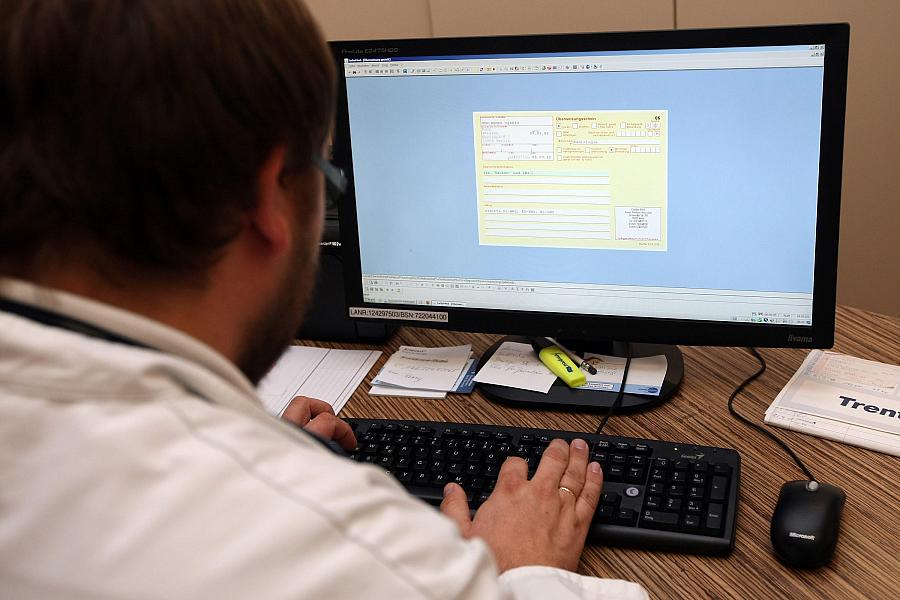With electronic medical records, it’s little wheat and a lot of chaff

Anyone who has read an electronic health record (EHR) note knows that the vast majority of the text consists of boilerplate material copied, pasted, and auto-filled from other sources. The reader desperately attempts to find meaningful information within this morass, which is no easy feat not only because the "junk-to-substance ratio" is quite high, but also because it may be hard to tell what components of the note represent reliable information versus potentially inaccurate auto-filled data. Were the heart sounds really normal or was that simply copied over from the “normal exam template” the doctor started the visit with?
Now, a new research letter in JAMA Internal Medicine helps quantify just how bad the "copy and paste" problem is in medical records. In this new analysis, the authors reviewed inpatient progress notes during an eight-month period at UCSF Medical Center with the aid of software that can distinguish between manually entered text and "imported" or "copied" material. The researchers found that on average, less than 20 percent of the content of progress notes consisted of manually entered text.
This finding in isolation is not problematic, since much of the "boilerplate" in notes is meant to satisfy billing and other administrative requirements. However, the mixing of this junk text with clinically important information greatly impairs our ability as doctors to rapidly understand what is going on with a patient.
The answer to this problem is, of course, not to mandate that clinicians manually write extensive notes on a daily basis that fulfill all of the administrative requirements. The authors of this research letter propose that their findings should "spur EHR design that makes copied and imported information readily visible to clinicians as they are writing a note but, ultimately, does not store that information in the note."
Perhaps. But even more simply, we would suggest developing EHR programs that are designed to communicate important clinical information, rather than primarily for billing and administrative purposes.
Though perhaps not the most fun component of the patient visit, note writing offers an important opportunity for us as clinicians to reflect on the issues at hand in a methodical manner. The resulting notes ought to reflect this careful, deliberative process.
For more of our Slow Medicine take on health information technology, see our "Disruptions or Distractions" series focusing on electronic health records and health information.
Photo: Adam Berry/Getty Images



